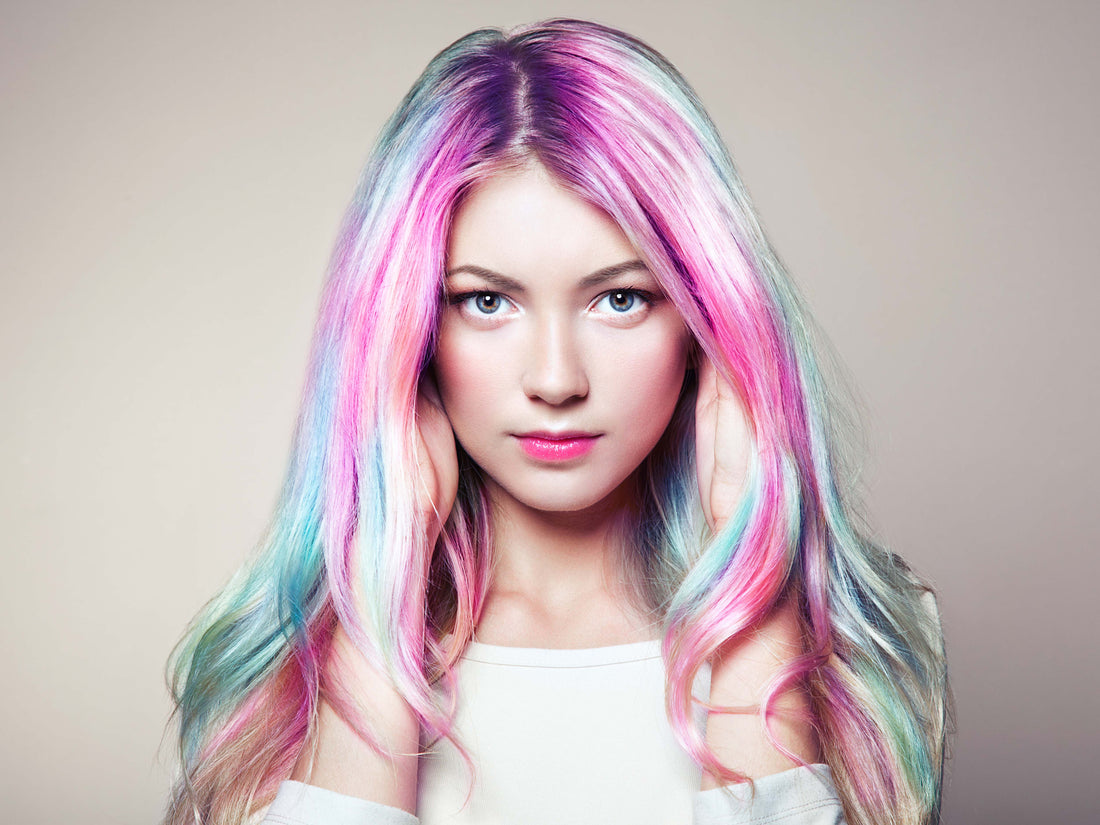
How to choose and use backdrops?
Share
There are many kinds of materials for backdrops. In theory, any planar object that meets the requirements of creation can be used as backdrops, the common ones are PVC material, non-woven cloth, flocking cloth and so on.
PVC: A kind of plastic cloth with reasonable price, various colors, water-proof and dirty-resistant, easy to use and handle. Some film-covered PVC backdrops can also be used as simple reflecting boards. It can be said that PVC is the most widely used background material at present. The pure white PVC background is a must for still-life photography.

Generally, Photographers use the fixed size of 60 * 130cm and 100 * 200cm, which can be tailored to the required size. Delivery in drum, after receiving, tie the rope in reverse crimp and place it for 1-2 hours to restore smoothness. The light color PVC system has fine quality and good shooting effect. Black PVC background board has a slight reflection. This is determined by the characteristics of the material itself. PVC material can not achieve high roughness to create absolutely good diffuse reflection effect. Sometimes this kind of reflection can also create a very beautiful gradient effect.
Amateur Photographers misuse PVC backdrops will cause uncomfortable reflective spot. Here are some affective solutions:
1. Flatten the background cloth
2. Enhance the softening effect
3. Fine-tune the angle of incident light and shooting angle
4. Increasing the angle of background cloth suspension
Flocking cloth: In fact, this is the oldest kind of background cloth, as early as the oil painting era has been widely used.

The greatest characteristic of this kind of cloth is that it has both reflective and absorbent properties (two sides are available, one side is smooth, the other side is flocking). The background can reflect a very soft luster when the light is properly distributed. Many clocks and jewelry dealers like to use it as the background when display their products. For example, the reflectivity of black flocking fabric is very low at a certain lighting angle. Using the difference of light reflection between the object and the background, the deep black background can be easily photographed. But under the same shooting conditions, PVC or non-woven fabrics may not achieve the same level.
Non-woven fabrics: Which is also a common background material, used in many places like photo studios.

Edges:
1. Diverse choices of colours
2. Durability and wrinkle resistance are better than PVC materials.
Weaknesses:
1. Unable to provide the same delicate and smooth substrate effect as PVC.
